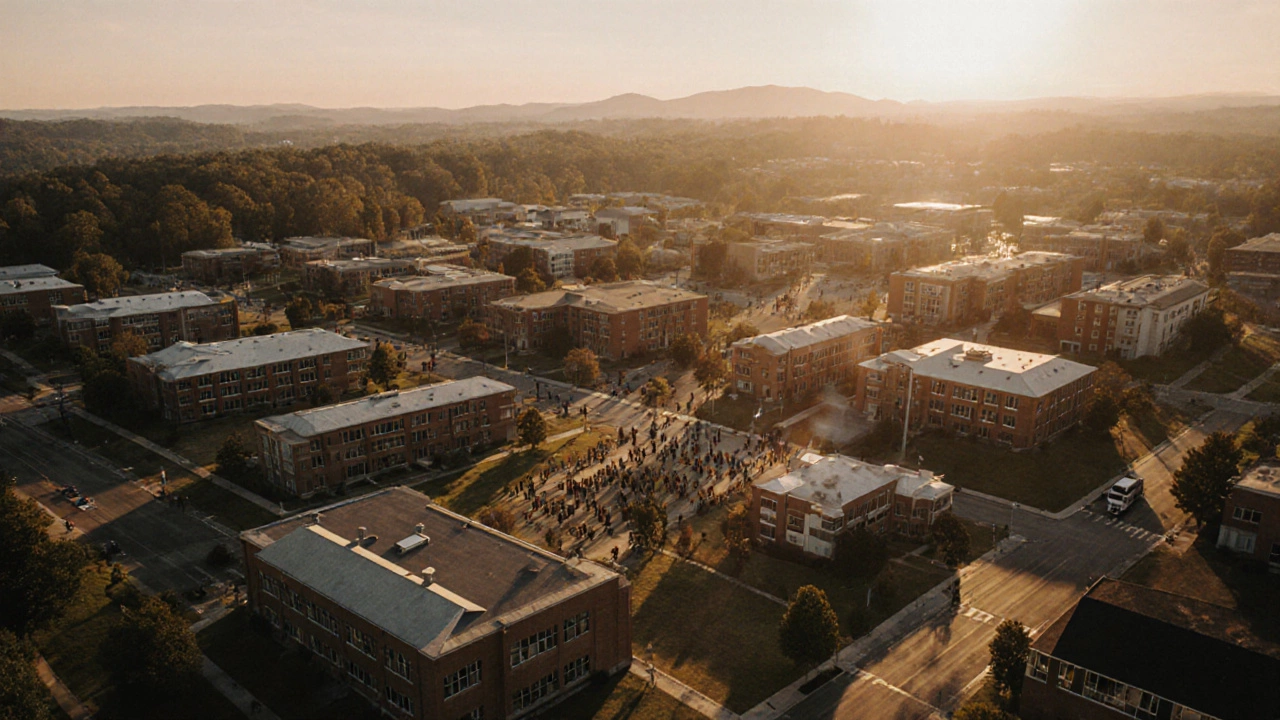Virginia Public Schools: What You Need to Know About Public Education in Virginia
When you think about Virginia public schools, the statewide system of K-12 education funded and operated by local school districts under state oversight. Also known as Virginia K-12 education, it serves over 1.3 million students across more than 130 school divisions, from rural counties like Buchanan to urban centers like Fairfax and Richmond. Unlike states with centralized control, Virginia gives local school boards real power over budgets, hiring, and curriculum—meaning a student in Roanoke County gets a very different experience than one in Alexandria, even though both are part of the same state system.
One of the biggest things that sets Virginia public schools apart is how seriously they take accountability. The state uses standardized testing to measure progress, and schools are rated annually on performance, equity, and college readiness. But behind those ratings are real classrooms where teachers are adapting to new learning needs—like supporting students with learning disabilities, helping adults re-enter education through dual enrollment, or finding ways to make remote learning work for families without reliable internet. The Roanoke County schools, a specific school division in southwestern Virginia with 28 public elementary schools and a focus on community-driven improvement, is just one example of how local priorities shape what happens inside the classroom. And while some districts struggle with funding gaps, others have built strong partnerships with community colleges and tech programs to give students real-world skills before graduation.
The data shows Virginia’s public schools are improving, but unevenly. Graduation rates are up, but achievement gaps between white students and students of color still exist. The state has invested in special education support, early literacy programs, and teacher training—but success depends on the district. That’s why knowing the difference between public education Virginia, the umbrella term for all state-funded K-12 schooling, including charter and magnet schools under district control and private or homeschooling options matters. If you’re a parent, you need to know what your local school offers: Is there a gifted program? Are counselors available? Do they use evidence-based strategies for slow learners? If you’re a teacher, are there resources for adult learning theories or inclusive language practices that align with modern classroom needs? The answers aren’t found in state brochures—they’re in the daily decisions made by principals, teachers, and parents in each community.
What you’ll find below are real, practical insights drawn from actual experiences in Virginia and beyond. From the number of elementary schools in Roanoke County to how special education policies affect student outcomes, these posts cut through the noise. No fluff. Just facts, stories, and strategies that help you understand what’s really happening in Virginia’s classrooms—and what you can do about it.

What Is the Largest School System in Virginia?
- by Eliza Fairweather
- on 18 Nov 2025
Fairfax County Public Schools is the largest school system in Virginia, serving over 188,000 students across 230 schools. It offers unmatched diversity, advanced programs, and strong academic outcomes.
